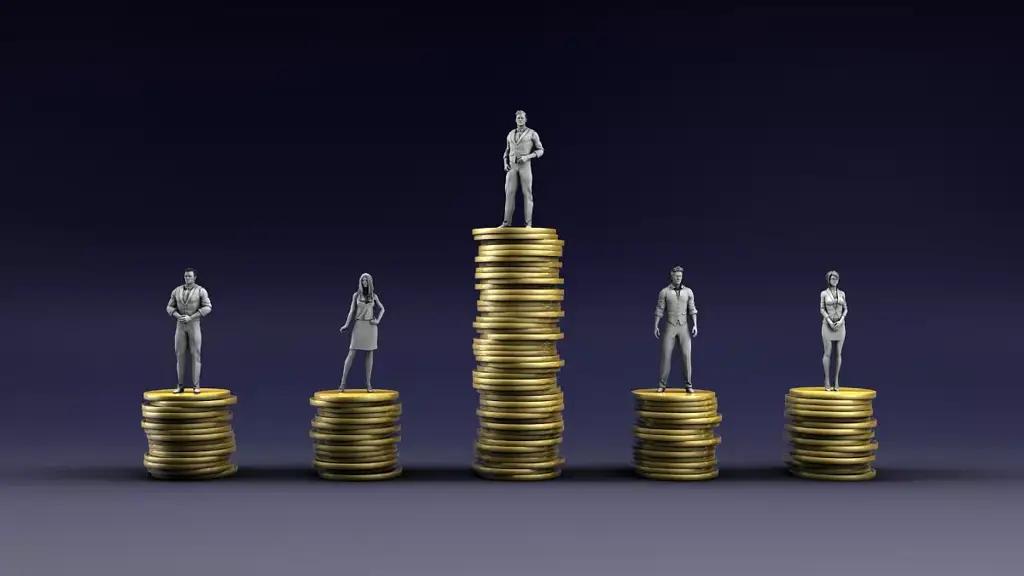
Published
01/30/2025, 17:45Over the past five years, the disposable monetary income of Kyrgyzstan's population has grown by 77%, reaching 749 billion KGS in 2023. However, behind these impressive figures lies a worrying trend: nearly half of this amount (359.5 billion KGS) is concentrated in the hands of just 20% of the population.
Although it is already the end of January 2025, the statistics for 2023 remain the most relevant, as such data analysis is conducted once every five years due to the complexity and labor-intensive nature of the process.
According to official data, per capita monetary income in 2023 amounted to 9,716 KGS per month (in January–June 2024, this figure had already reached 11,095.41 KGS), marking a 22% increase compared to the previous year.
Over the five-year period from 2019, per capita income has increased 1.71 times, rising from 5,684.69 KGS. Growth was observed in all regions of the Republic, with the most significant increases in the Jalal-Abad and Batken provinces, which saw rises of 1.95 times and 1.85 times, respectively.
As a result, incomes in Bishkek, Issyk-Kul, Jalal-Abad and Batken provinces exceeded the national average. At the same time, residents of Osh, Talas, and Naryn provinces earned significantly less, falling short of the average national figure by 203 KGS, with an average monthly income of 2,135 KGS.
This is an average figure, but a closer look reveals that income distribution between the rich and the poor in Kyrgyzstan is uneven. The wealthiest 20% of the population concentrated 48% of all monetary income, earning 359.52 billion KGS. In contrast, the lowest 20% received only 4.6%, or 34.454 billion KGS.
Moreover, the income gap between these groups has widened. In 2019, the wealthiest 20% of the population earned 6.6 times more than the poorest 20%, but by 2023, the richest were earning 10.5 times more. In other words, the incomes of affluent citizens grew much faster than those of the less fortunate, exacerbating economic inequality.
The growth of nominal incomes is undoubtedly a positive factor. However, real incomes, adjusted for inflation, have effectively depreciated in some years. This is especially noticeable for the least advantaged segments of the population, who suffer more than others from rising prices for basic goods and services.
The Gini coefficient, which measures the level of economic inequality, has increased from 0.364 in 2019 to 0.434 in 2023. This indicates that the gap between the rich and the poor is widening.
In comparison, the Gini coefficient in the Eurasian Economic Union countries is significantly lower: 0.279 in Belarus; 0.29 in Kazakhstan; and 0.405 in Russia. Thus, Kyrgyzstan demonstrates the highest level of inequality among the member states of the union.
This level of inequality places the country alongside states such as Mexico (0.435 in 2022), Chile (0.430 in 2022), and Costa Rica (0.472 in 2022). For context, the Gini coefficient in the United States was 0.413 in 2022.
The growth of inequality negatively impacts any state. It weakens consumer demand and slows down economic development. In light of this, the government is taking measures to support low-income families. However, these efforts have not yet been able to compensate for the growing gap. For example, the average monthly allowance for low-income families in the Republic in 2023 amounted to only 40% of the amount considered minimally necessary to avoid extreme poverty.


